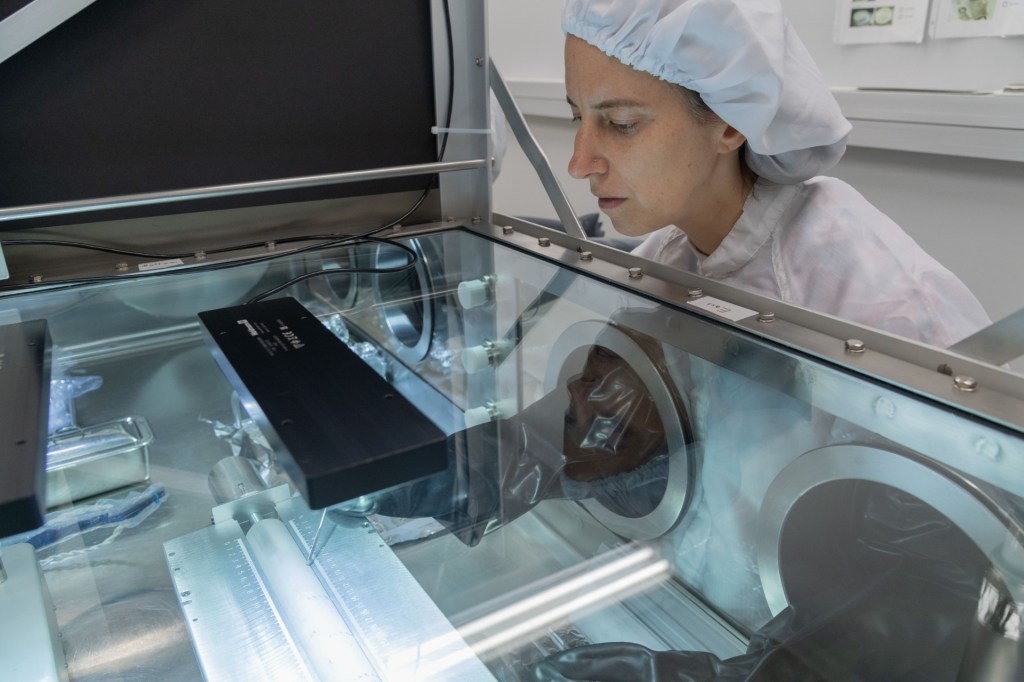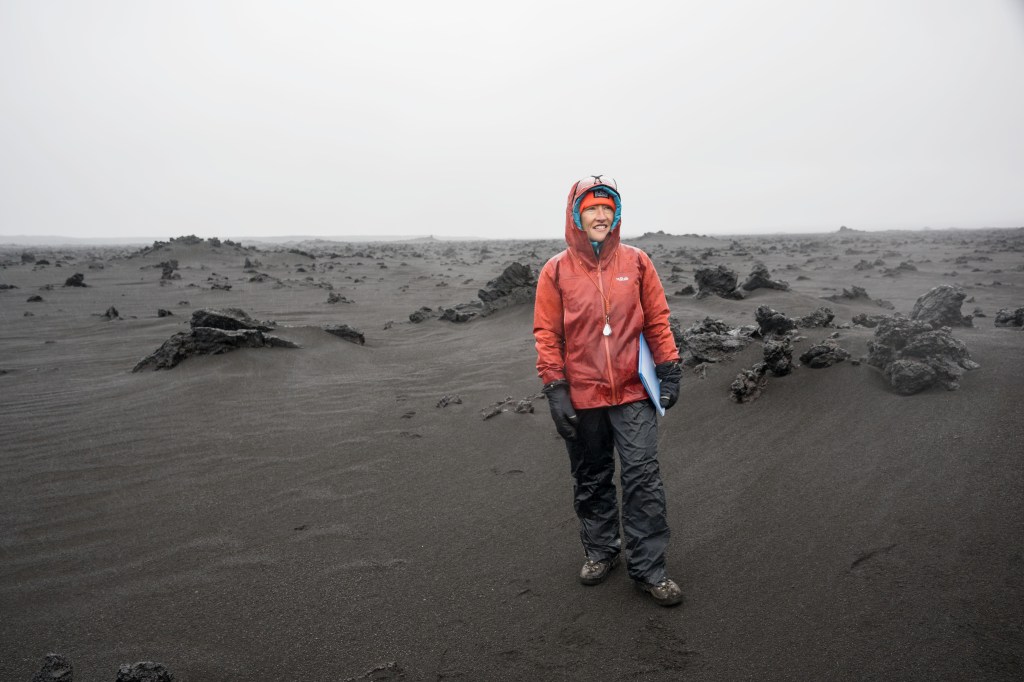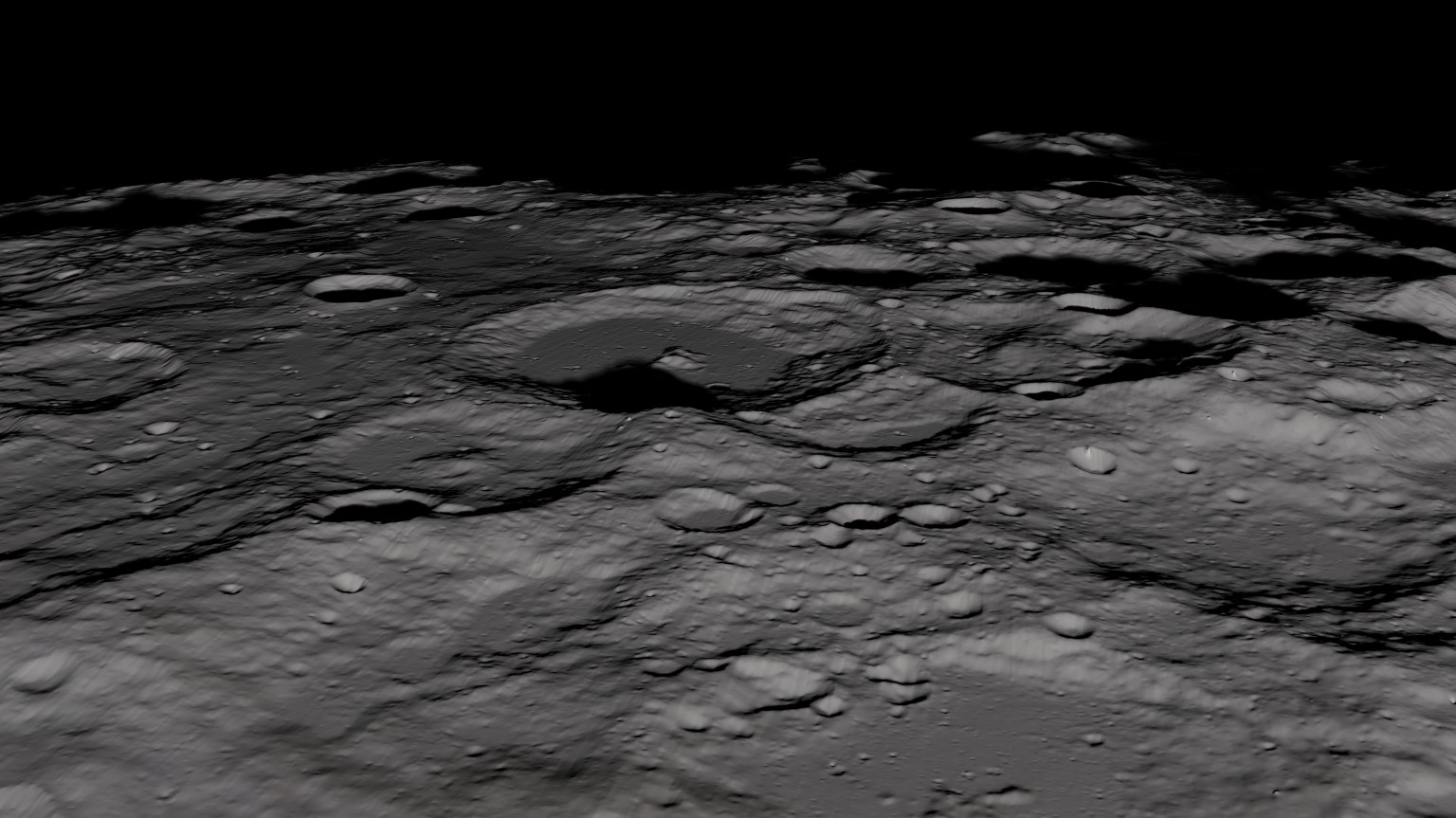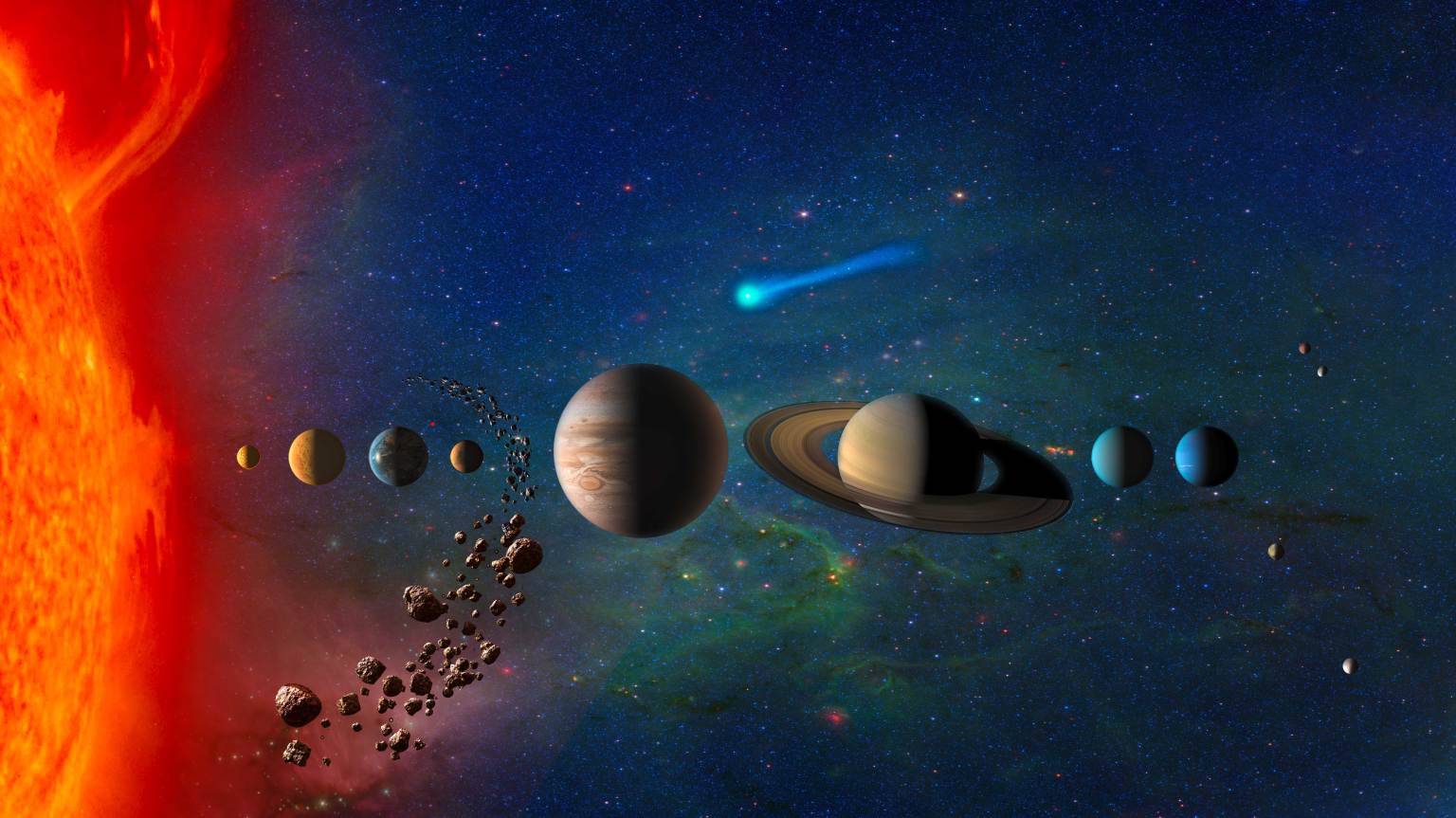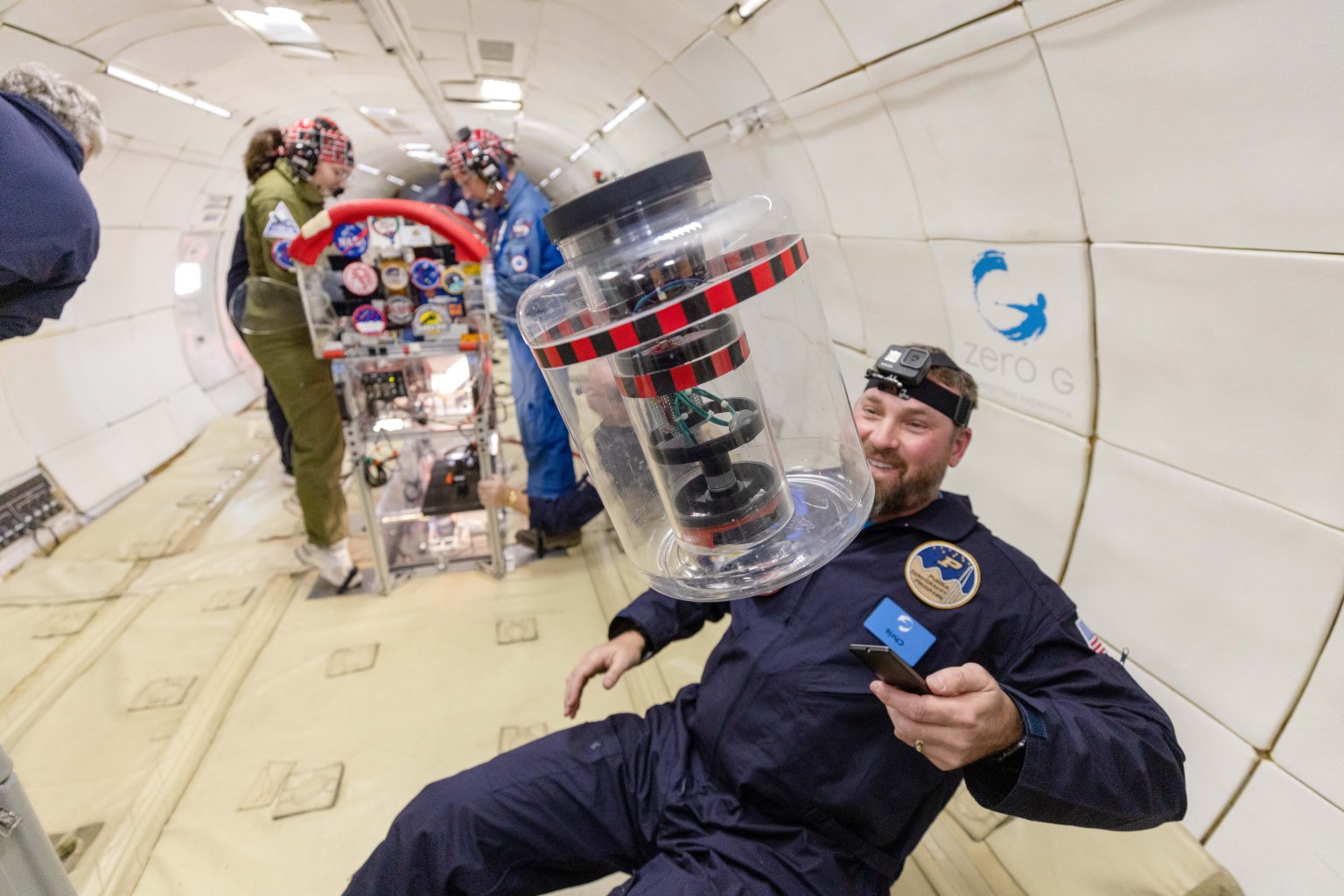
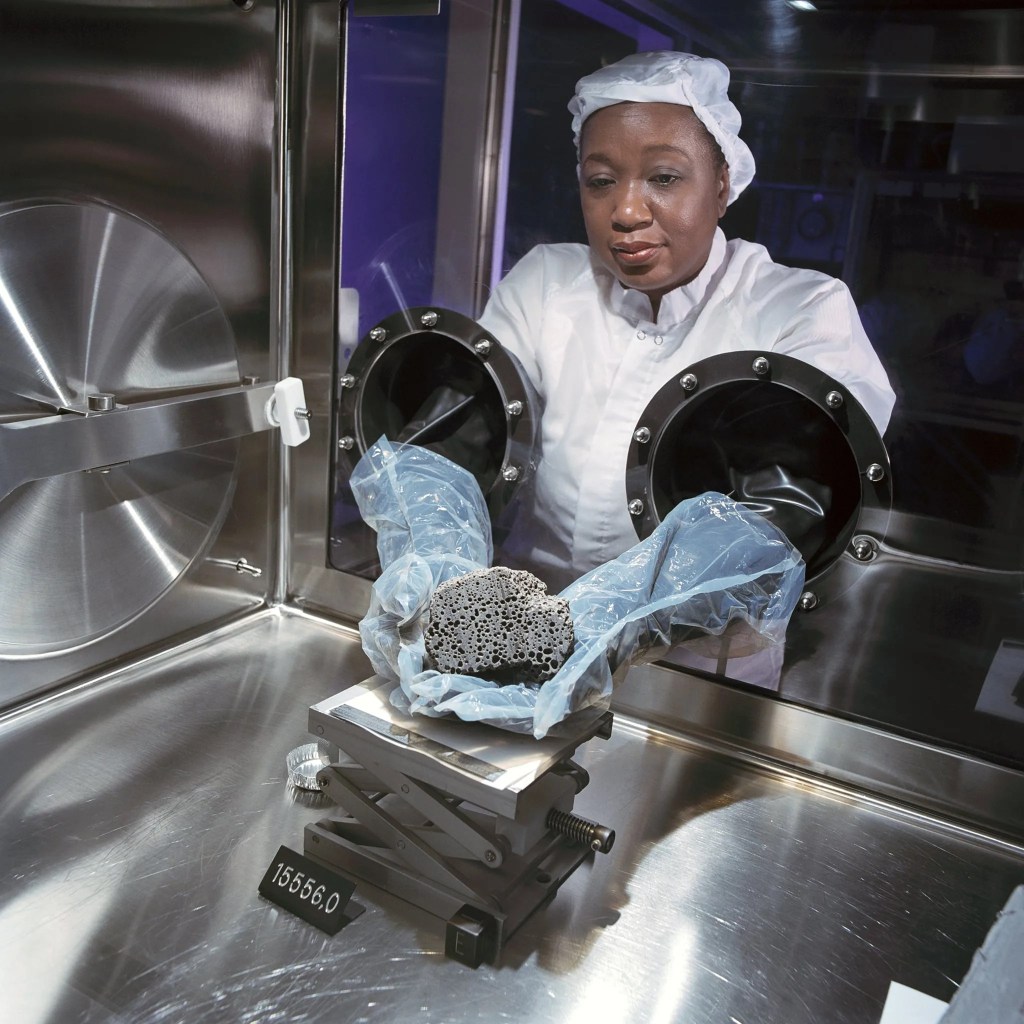

Astromaterials
The mission of Astromaterials Research and Exploration Science Division, or ARES, is to combine scientific and engineering expertise in order to advance human space exploration, to integrate terrestrial and planetary research, and to promote successful space missions by mitigating risk. Our people are the world's leading sample scientists and we curate the most extensive collection of extraterrestrial materials on Earth.
Preparing for Artemis: NASA's Geology Training for Lunar Exploration
From the volcanic fields of Arizona to the lunar-like landscape of Iceland, NASA scientists are actively preparing astronauts and mission support teams for conducting science on the Moon. Learn about NASA’s rich history of geology training and hear how scientists and engineers are getting ready to bring back samples that will help us learn about the origins of our solar system.
Astromaterials Stories
NASA Study Reveals Venus Crust Surprise
New details about the crust on Venus include some surprises about the geology of Earth’s hotter twin.
Read the Story































